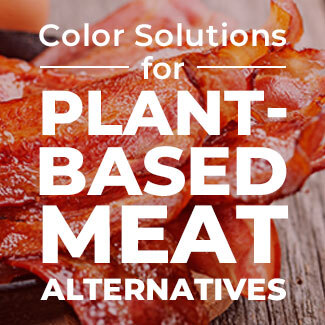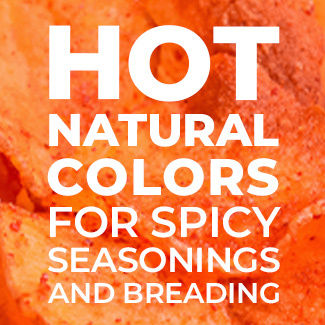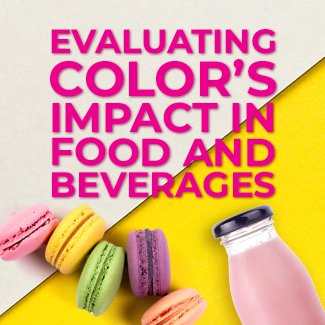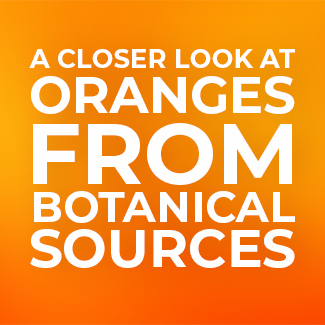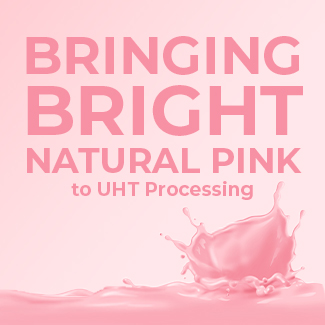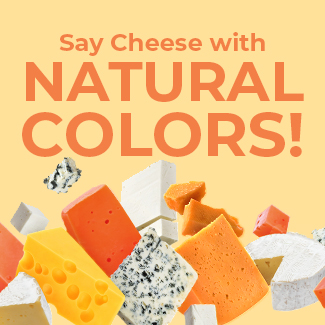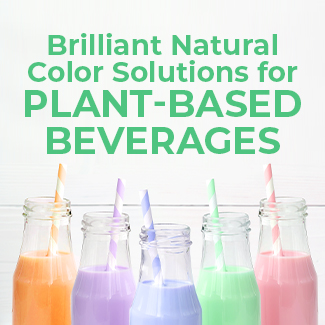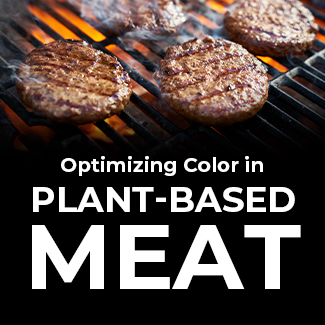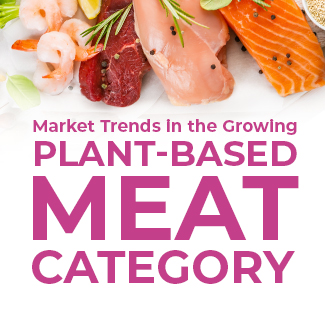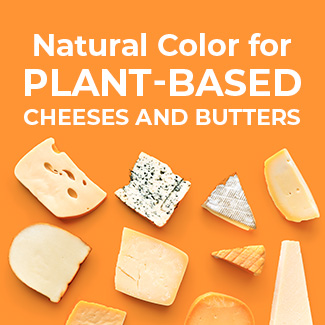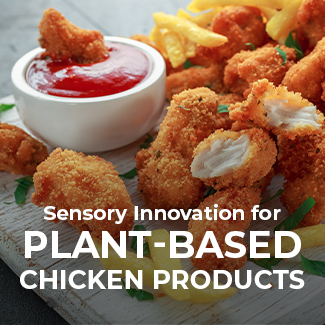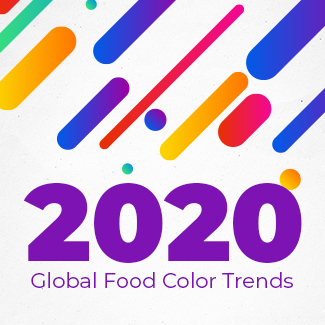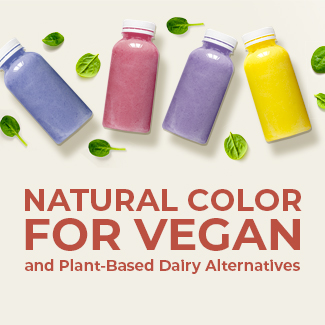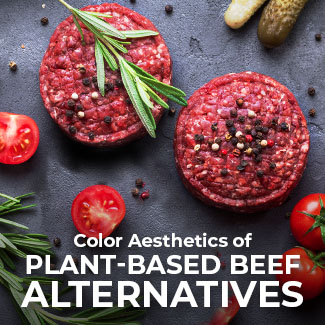Natural White Color Blends “Free-From Titanium Dioxide” for Plant-Based Chicken, Shrimp, & Pork
What’s Next for Plant-Based Meat?
In 2021, plant-based chicken was the fastest-growing subcategory of plant-based meat alternatives, the fastest-growing food/beverage category in the U.S. according to Innova. Plant-based meat companies are extending into new applications, like chicken, pork, shellfish, and seafood to meet consumer demand.
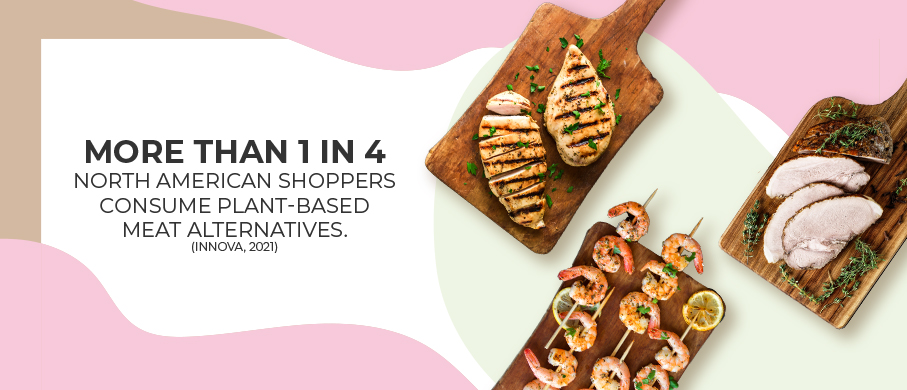
While Innova data shows that soy is still the leading protein source for poultry substitutes and other white meat alternatives, brands are looking to new protein sources as well, including ingredients like fava beans and peas. These sources require additional consideration from a visual perspective because they typically have brown or green base shades. In order to provide an attractive, delicious appearance for consumers, color experts can formulate customized white blends of natural colors to compensate for unappealing base notes that don’t match the target meaty shade.
Creating Delicious-Looking Plant-Based White Meat
40% of North American consumers feel that it’s important that the taste and texture properties of a plant-based poultry alternative match the original product (Innova, 2021), and visual appearance is the first component of the multi-sensorial taste experience that a consumer typically receives. In order to impress shoppers straight from the shelf, consider these tips for creating the best plant-based meat visual:
Consider Base Shade
The base shade of a plant-based protein can be one of the top challenges for developers of white meat alternatives, because it is often very dark and may have unattractive base notes like yellow, brown, or green. A natural color blend customized to compensate for the specific composition of your protein base can create the bright white visual or clean canvas you need to build that perfect appearance.
Identify a Target Aesthetic
Think about what appearance you want in the package, through cooking, and when the product is consumed. For a restaurant or prepared food scenario, like a fish stick, chicken nugget, or coconut shrimp alternative application, the final color is the important thing. Colored breadings may also be used to indicate flavor in these types of projects. However, if the item is being sold with cooking instructions, a pink-to-white (chicken, turkey, or pork), orange-to-white (salmon), or white-to-brown (shrimp) transition may be needed.
Work with Experts for Custom Blends
Because white and similarly light shades can be so base-dependent, a custom blend is often necessary to achieve the target shade in a plant-based protein application. Color experts with experience in the plant-based space can help accelerate development and work with your team to formulate the right color blend for your needs, keeping in mind target, base, processing, regulatory, and cost.
Get Started with White Blends for Plant-Based Protein
Solutions like titanium dioxide as well as titanium-free alternatives like Sensient’s Avalanche™ portfolio are a great starting point for your next white meat alternative project. Reach out today for a sample! If you’re ready to start working on a custom white color blend with expert assistance from Sensient’s color team, request a consultation—we can’t wait to hear from you!













